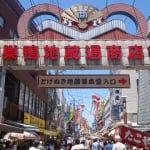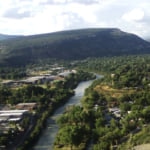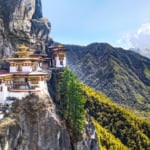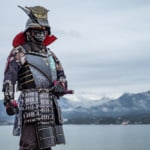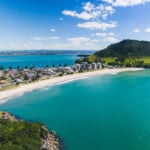Name: Hidetaka-ji Temple
Address: 1789 Hidetaka, Sosa City, Chiba Prefecture
Official Site: http://maruchiba.jp/sys/data/index/page/id/5986/
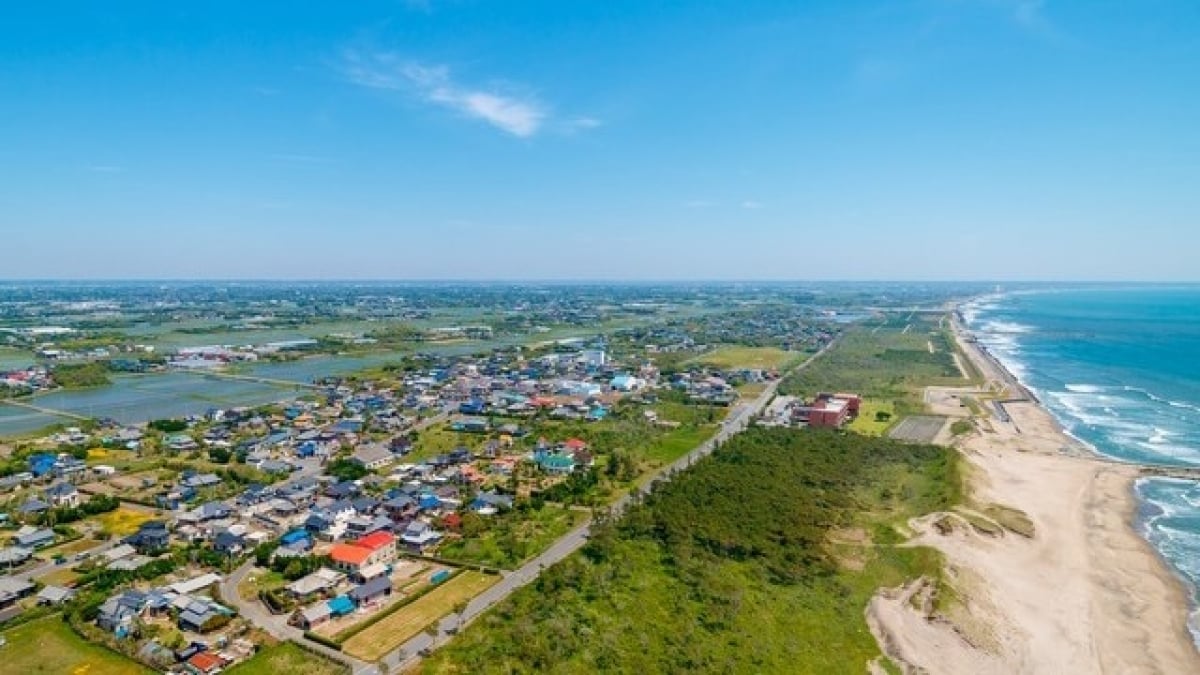
12 Selected Tourist Spots in Sosa City. Now is the Time for Sōsa!
Sosa City, located in eastern Chiba Prefecture, faces Kujukuri Beach and is known as one of Japan’s most notoriously difficult-to-read place names. Its name derives from the former Sosa District, which once covered the surrounding area.
In the center of Sosa City is the “Yokkaichiba,” served by the JR Sobu Line, ensuring great access from downtown. It is also noteworthy that it is located only about 10 km from Narita Airport. By taking a bus from Shibayama Chiyoda Station (one stop from the airport), via Takomachi, you can easily set out on a sightseeing tour of Sosa.
Within Sosa City, you will find hidden historical sightseeing spots such as Hidetaka-ji Temple—a former academic institution of the Nichiren sect—and streets that have retained the charm of the Edo period. Moreover, known as a town of landscaping and giant trees, Sosa is blessed with nature-related attractions. The local hero “Sōsaman” is also eagerly awaiting your arrival for Sosa sightseeing!
table of contents
[x] close
12 Selected Tourist Spots in Sosa City. Now is the Time for Sōsa!
- 1. Hidetaka-ji Temple
- 2. Fureai Park Yokkaichiba
- 3. Kujukuri Beach
- 4. Harikiri Sentai Sōsaman
- 5. The Streets of Yokkaichiba
- 6. Sosa Tourism and Local Products Center “Sosari no Sato”
- 7. Tenjin-yama Park
- 8. Nihon-ji Temple
- 9. Kuriyamakawa Hydrangea Promenade
- 10. Ankyu-yama’s Sudajii
- 11. Haristos Sugam Orthodox Church
- 12. Matsuyama Garden Art Museum
- ◎Summary
1. Hidetaka-ji Temple
Hidetaka-ji Temple is located along the main street of Yokkaichiba in Sosa City, reached by heading straight north on Prefectural Route 16. This temple once flourished as an academic institution of the Nichiren sect known as “Danrin” and reached the peak of prosperity during the Edo period, being counted as one of the three major Danrin in the Kanto region. At its height, nearly 1,000 monks studied here, but with the introduction of a modern educational system in the Meiji era, all Danrin were abolished.
However, the temple buildings that testify to its former glory still stand! Particularly, the grand, single-story lecture hall in the style of an Irimoya roof that appears after passing through the dense cedar forest exudes the dignity and elegance unique to an academic institution. Additionally, the bell tower, drum tower, and main gate, built in the early to mid-Edo period, are designated as Important Cultural Properties by the government.
Incidentally, the present Risshō University was established as a successor to the defunct Hidetaka Danrin. Begin your Sosa sightseeing with a visit to this prestigious Hidetaka-ji Temple!
2. Fureai Park Yokkaichiba
Located to the east of Hidetaka-ji Temple, “Fureai Park Yokkaichiba” is a comprehensive local product exchange terminal constructed to serve as a new tourist hub for Sosa City. Here, you can purchase fresh vegetables brought in by local farmers, and a restaurant serving local cuisine made from Sosa ingredients is also attached.
Additionally, don’t miss the adjacent “Flower & Potted Plant Exhibition Garden”! Being a town known for its landscaping, Sosa City offers a year-round display of seasonal flowers and saplings. This is the perfect spot for those seeking souvenirs.
Name: Fureai Park Yokkaichiba
Address: 299-2 Iizuka, Sosa City, Chiba Prefecture
Official Site: http://fureaipark.jp/
3. Kujukuri Beach
Kujukuri Beach, a symbol of the eastern coastal region of Chiba Prefecture, has two beaches within Sosa City that have been developed for tourists: Noteshima Beach and Imaizumi Beach.
However, compared to major beaches in other regions, these are much quieter and have no beach houses. This means you can simply relax while gazing at the sand and sea. There are also auto-campgrounds nearby, so you can consider spending the night after a day at the beach.
No visit to Sosa City is complete without enjoying the view of Kujukuri Beach and the sea.
Name: Kujukuri Beach
Address: Sosa City, including Noteshima and others
4. Harikiri Sentai Sōsaman
In Sosa City, surrounded by beautiful sea views and greenery from the landscaping heritage, the “Harikiri Sentai Sōsaman” is actively working to protect this peaceful town. Sōsaman is a trio who always appear to safeguard Sosa City: Sōsa Red watches over the town’s peace, Sōsa Blue protects the environment, and Sōsa Yellow looks after the health of Sosa citizens.
Their enemy is the “Black-DoBlack Gang,” who seek to take control of Sosa City, led by the nefarious Dr. Gensoku. Sōsaman appears at various local events to defeat the gang’s monsters.
If you want to see Sōsaman in action, check the Sosa City website for their schedule. To review their past achievements, don’t miss the “Sōsaman Mini Theatre.” When sightseeing in Sosa City, you might even get a chance to shake hands with Sōsaman!
Name: Harikiri Sentai Sōsaman
Address: Various locations throughout Sosa City, Chiba Prefecture
Official Site: https://goo.gl/SR1YmC
5. The Streets of Yokkaichiba
The center of Sosa City, Yokkaichiba, developed around cotton cultivation since the mid-Edo period, still retains many buildings from the Edo, Meiji, Taishō, and early Shōwa periods. In particular, the three structures—“Sakamoto Sohonten,” “Arai Clock Shop,” and “Tsurusen-do”—are designated as Important Tangible Cultural Properties, making them highly valuable tourist resources.
Also, Sosa City (formerly Yokkaichiba City) is the hometown of the late actor Takeo Chii. In honor of his popular TV program “Chii Sanpo,” Yokkaichiba markets this traditional townscape as “a town for strolling.”
Like the great Takeo of the past, enjoy a leisurely walk through Yokkaichiba and soak in the nostalgic charm.
Name: The Streets of Yokkaichiba
Address: Yokkaichiba, Sosa City, Chiba Prefecture
Official Site: https://goo.gl/n5oT2j
6. Sosa Tourism and Local Products Center “Sosari no Sato”
Located in front of JR Yokkaichiba Station, the “Sosa Tourism and Local Products Center ‘Sosari no Sato’” is a souvenir spot that offers Sosa’s seafood and agricultural products. It also sells various saplings, a specialty of this landscaping town.
One of the highlights of Sosari no Sato is the section dedicated to the late actor Takeo Chii, a native of Sosa City! Following his passing in 2012, a temporary “Takeo Chii Fureai Memorial Hall (Chii Chaiya)” was operated for three years in Sosa City, but it closed in 2015. However, some of the items related to him that were once exhibited have been relocated and are now on display at Sosari no Sato.
Tracing the footsteps of the famous actor born in Sosa is a highly recommended sightseeing experience.
Name: Sosa Tourism and Local Products Center “Sosari no Sato”
Address: 137-1 Yokkaichiba, Sosa City, Chiba Prefecture
Official Site: http://maruchiba.jp/sys/data/index/page/id/17401/
7. Tenjin-yama Park
Tenjin-yama is a small hill behind the center of Yokkaichiba. Tenjin-yama Park, developed on this hill, is a popular spot for local residents. It symbolizes Sosa City as a town of landscaping, with around 550 cherry trees planted throughout the park, attracting many flower viewers and tourists in the spring.
At the top of the hill, a wooden observation deck allows you to enjoy panoramic views of Sosa City and Kujukuri’s sea. It is also known as an affordable night-view spot, making it ideal for dates or nighttime walks. In a town like Sosa, where there are few high mountains, this is the best place to enjoy a view.
Name: Tenjin-yama Park
Address: 2291 Yokkaichiba, Sosa City, Chiba Prefecture
Official Site: http://maruchiba.jp/sys/data/index/page/id/5987/
8. Nihon-ji Temple
If you want to recommend the famous Hidetaka-ji (known as Hidetaka Danrin) of Sosa, you must also experience Nihon-ji Temple, located in the neighboring Tako Town of Chiba Prefecture! Once known as Nakamura Danrin and counted among the three major Danrin in the Kanto region alongside Hidetaka Danrin, Nihon-ji is a temple of renown.
It is now popular among tourists as a famous hydrangea viewing spot, with approximately 8,000 hydrangea bushes planted on its grounds. Additionally, a separate hydrangea garden has been created, drawing numerous tourists with cameras during the season.
Name: Nihon-ji Temple
Address: 1820-1, Minami-Nakacho, Tako Town, Katori District, Chiba Prefecture
Official Site: http://www.town.tako.chiba.jp/midokoro/nichi.html
9. Kuriyamakawa Hydrangea Promenade
In neighboring Tako Town, another recommended sightseeing spot is the “Kuriyamakawa Hydrangea Promenade.” Along both banks of the Kuriyamakawa River, which flows through the center of the town, colorful hydrangeas bloom for about 2 km. In addition, in the spring, rapeseed flowers and in the autumn about 500,000 cosmos bloom simultaneously, creating a floral carpet that stretches out.
There are parking lots available near the “Roadside Station Tako” and near the hydrangea bridge, making it a great stop on your Sosa sightseeing tour. You can also visit by bus from Shibayama Chiyoda Station, the terminus of the Shibayama Railway, making it a perfect plan if you have spare time at Narita Airport.
Name: Kuriyamakawa Hydrangea Promenade
Address: 1069-1 Tako, Tako Town, Katori District, Chiba Prefecture (Roadside Station Tako)
Official Site: http://www.michinoeki-tako.com/
10. Ankyu-yama’s Sudajii
Sosa City is also famous as a town of landscaping with many giant trees! According to a survey conducted by the Ministry of the Environment in 2005, 211 giant trees were identified in the former Yokkaichiba area of Sosa City—the highest number among Japanese municipalities.
Among the ancient trees in Sosa City, one in particular, known as “Sudajii of Ankyu-yama,” is designated as a famous tree. With a trunk circumference of 10 meters, a height of 25 meters, and an estimated age of 1,000 years, its impressive size is matched by its remarkable form! Its twisted branches and roots create an awe-inspiring sight that overwhelms viewers.
“Sudajii of Ankyu-yama” is located in the backyard of the private residence of the Hirayama family. When the owner is present, you can ask for a brief visit after paying a “maintenance fee.” It is especially recommended on weekends when the owner acts as a guide. If you are driving, be sure to park at the nearby site of the former Iidet Elementary School.
Name: Sudajii of Ankyu-yama
Address: 197 Ankyu-yama, Sosa City, Chiba Prefecture
Official Site: http://www.hananozaidan.or.jp/guide_22aguyama.html
11. Haristos Sugam Orthodox Church
Haristos Sugam Orthodox Church is a church of the Eastern Orthodox Church (Russian Orthodox), originally established in 1891 (Meiji 24). Although the building was rebuilt in 1999 (Heisei 11), the main attraction is the interior of the sanctuary.
Here, you will find a collection of icons covering ten faces, painted by Yamashita Rin, who is considered Japan’s first icon painter. These icons were originally transferred from Nikolai-do in Kanda, Tokyo, and are historically very precious since the Nikolai-do icons were later destroyed in the Great Kanto Earthquake.
It is unexpected to encounter renowned Christian artworks during a sightseeing tour of Sosa City, famous for its Nichiren Danrin. If you wish to view the icons, please arrange in advance with the church.
Name: Haristos Sugam Orthodox Church
Address: 628-7, Sabori, Sosa City, Chiba Prefecture
Official Site: http://www.nihon-kankou.or.jp/chiba/detail/12214ae2182002127
12. Matsuyama Garden Art Museum
Located in a hillside area of Sosa City, Matsuyama Garden Art Museum is a facility created by converting and opening the atelier of artist Mikuo Konoki. Inside the museum, you can view works by famous domestic and international painters such as Delacroix and Chusai Asai, along with a collection of tea utensils and makie koto instruments.
The extensive grounds, covering about 2,000 tsubo, include a traditional Japanese garden, a Western-style garden, and a scenic pavilion. If you are interested in visiting an art museum during your tour of Sosa City, this is highly recommended. The resident “mascot cats” will subtly welcome you as a charming bonus.
Name: Matsuyama Garden Art Museum
Address: 630 Matsuyama, Sosa City, Chiba Prefecture
Official Site: http://matuyamaartmuseum.web.fc2.com/
◎Summary
Have you finally mastered reading “Sosa City”? And are you now excited to go sightseeing? Sosa City is conveniently accessible from downtown as well as Narita Airport, making it a perfect destination for leisurely sightseeing. Whether you want to gaze at the sea from Kujukuri Beach, stroll through the cedar forests of Iidet Danrin, or wander along the nostalgic streets of Sosa—take a leisurely walk along riverbanks adorned with rapeseed flowers in the spring—you can truly experience the charm of Sosa City.
Now is the time for Sōsa! Enjoy a remarkable trip to Sosa City and discover the nostalgic charm of a bygone era alongside delicious local ramen that awaits you!
RELATED ARTICLES
REGIONS
CATEGORIES
FEATURED ON Chiba
-
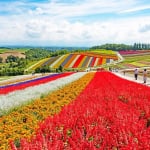
Where will you go for the summer vacation? Introducing recommended spots for domestic travel
-
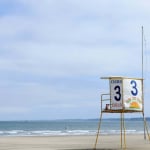
[4-Day Weekend Outings] If You’re in Kanto, Here’s Where to Go! Prefecture-by-Prefecture Low-Crowd Spots
-
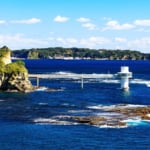
[Chiba Prefecture] Introducing a model 1-night, 2-day sightseeing itinerary for Katsuura!
-
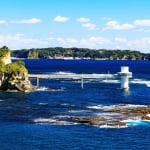
【Chiba Prefecture】Introducing a 2-Day, 1-Night Katsuura Sightseeing Model Course!
-
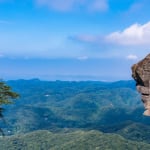
[Chiba Prefecture] Explore Nokogiriyama and Nihon-ji Temple! Experience the Thrill of “Jigoku Nozoki” (Hell Peeking)
MOST POPULAR ON Chiba
-
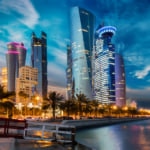 1
1Doha: Must-see Attractions in the Capital of Qatar
-
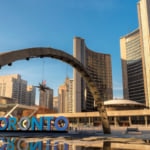 2
2Toronto: 10 Things to do in this Picturesque Canadian City
-
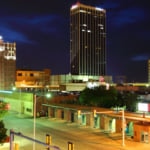 3
3Amarillo: A City Famous for It’s Amazing Canyons, Great History and Music
-
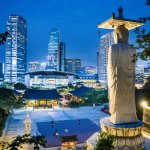 4
4South Korea: Dazzling Scenery, Rich Culture and Fascinating History
-
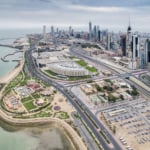 5
5Kuwait: A Country in Middle East Asia Famous for Hot Sand Dunes and Stunning Cityscape

